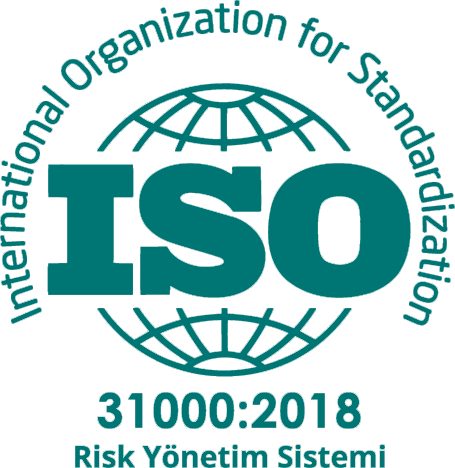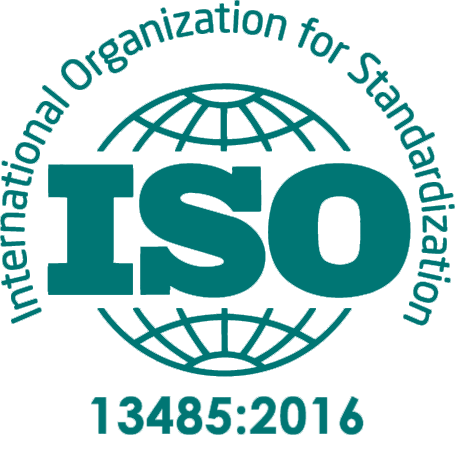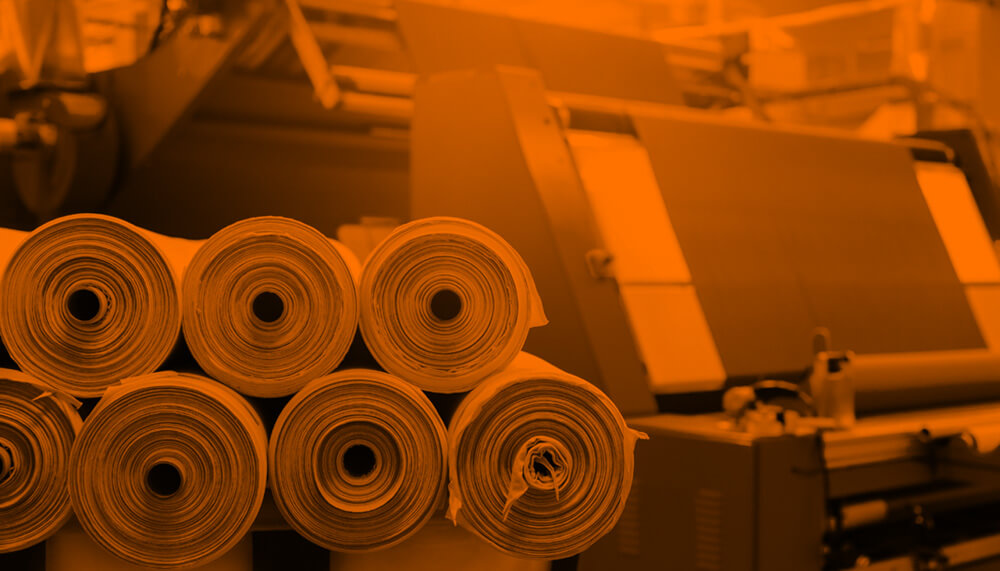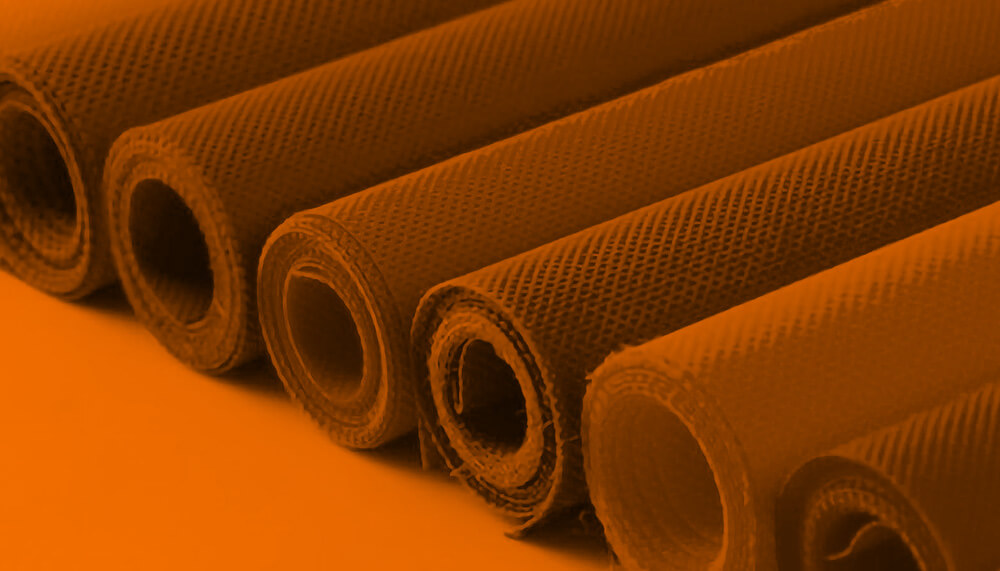Where Are Technical Textile Fabrics Used?
Technical textile fabrics are specialized materials designed for industrial or technical purposes, offering unique properties for various applications. These fabrics have a wide range of uses across different industries. Here are some common applications of technical textile fabrics:
1. Automotive Industry: Technical textile fabrics are used in automotive upholstery, seat covers, airbags, sound insulation, and fire resistance.
2. Construction and Building Materials: High-strength technical textile fabrics are used in construction for roofing membranes, wall coverings, insulation materials, and concrete reinforcement.
3. Defense and Military Applications: Technical textile fabrics are used in military equipment, uniforms, ballistic fabrics, and armor materials.
4. Aviation Industry: Technical textile fabrics are utilized in aircraft interiors for upholstery, insulation panels, high-strength ropes, and parachutes.
5. Sports and Outdoor Apparel: Technical textile fabrics are used in sportswear and outdoor gear for waterproofing, breathability, and flexibility.
6. Medical Textiles: Medical garments, surgical gowns, patient attire, and bandages are made using technical textile fabrics.
7. Filtration and Cleaning Materials: Technical textile fabrics are used in ventilation systems, water treatment facilities, and industrial filters.
8. Electronics and Technology: Technical textile products such as insulation materials and electromagnetic shields are used to protect electronic devices.
These applications represent just a few examples of where technical textile fabrics are commonly used, but they extend to various other industries as well. Technical textiles play a crucial role in many sectors and continue to be the subject of ongoing research for new and innovative applications.


